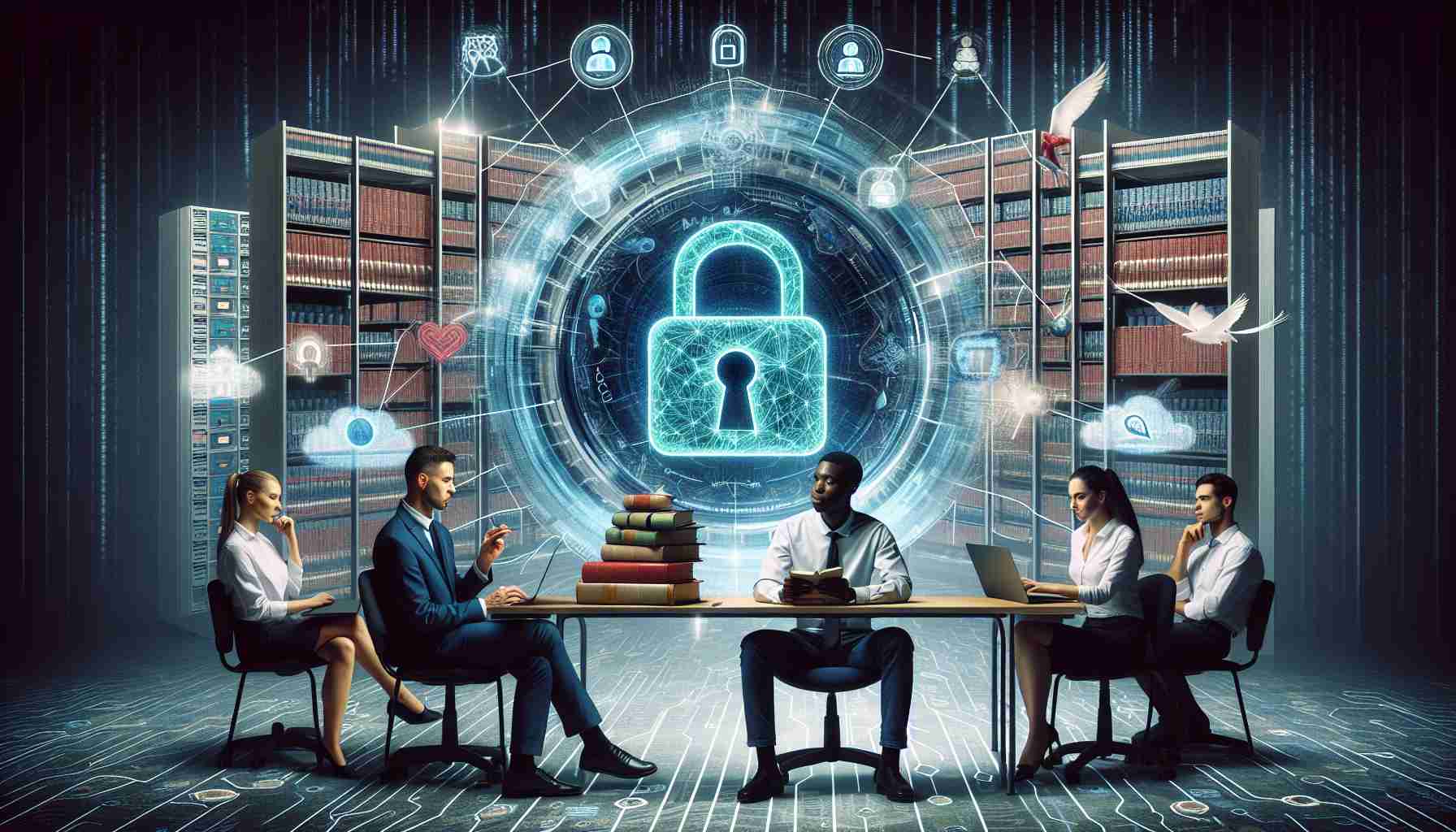In the realm of cyber security, the persistent threat of human error looms large, with research indicating that a staggering 68% of successful cyber attacks stem from human actions. While technological advancements continue to bolster defenses, the frailty of human behavior remains a critical vulnerability in the digital landscape.
Rather than relying solely on conventional cyber education programs and legislative measures, a shift towards empowering individuals with knowledge and awareness is essential in tackling human-centric cyber security challenges effectively.
Human errors in cyber security manifest in two primary forms: skills-based and knowledge-based mistakes. The former occurs during mundane tasks or distractions, like forgetting to back up essential data, leaving individuals vulnerable to cyber threats. On the other hand, knowledge-based errors, often made by less experienced individuals, result from a lack of crucial information or failure to adhere to security protocols.
While organizations and governments have invested heavily in cyber security education initiatives, many fall short by neglecting the psychological and behavioral factors that underpin human actions. Merely imparting technical knowledge or imposing mandates proves insufficient in altering ingrained habits and responses.
Effective cyber security education necessitates a more nuanced approach, akin to successful public health campaigns that instill lasting behavioral changes. By emphasizing intuitive security practices, cultivating positive attitudes towards cyber security, and viewing education as a continual process rather than a one-time event, individuals can be better equipped to navigate evolving cyber threats.
In essence, transcending the status quo in cyber security education demands a holistic strategy that marries technological advancements with a deep understanding of human nature. By empowering individuals with the right tools and insights, we pave the way for a more resilient digital ecosystem that thrives on collective awareness and vigilance.
FAQ Section:
1. What are the main sources of human errors in cyber security?
The main sources of human errors in cyber security are skills-based and knowledge-based mistakes. Skills-based errors occur during routine tasks or distractions, while knowledge-based errors result from a lack of information or failure to follow security protocols.
2. Why is empowering individuals with knowledge and awareness crucial in cyber security?
Empowering individuals with knowledge and awareness is essential in addressing human-centric cyber security challenges effectively, as human error accounts for a significant percentage of successful cyber attacks.
3. How can effective cyber security education differ from conventional approaches?
Effective cyber security education goes beyond merely imparting technical knowledge or imposing mandates. It requires a nuanced approach that focuses on instilling lasting behavioral changes, cultivating positive attitudes, and viewing education as an ongoing process.
Definitions:
– Human errors in cyber security: Mistakes or actions made by individuals that contribute to vulnerabilities and successful cyber attacks.
– Skills-based errors: Mistakes that occur during routine tasks or distractions, such as forgetting to back up data.
– Knowledge-based errors: Mistakes resulting from a lack of information or failure to adhere to security protocols.
Suggested Related Links:
(Note: Please replace “cybersecuritywebsite.com” with the actual valid main domain URL related to cyber security.)











